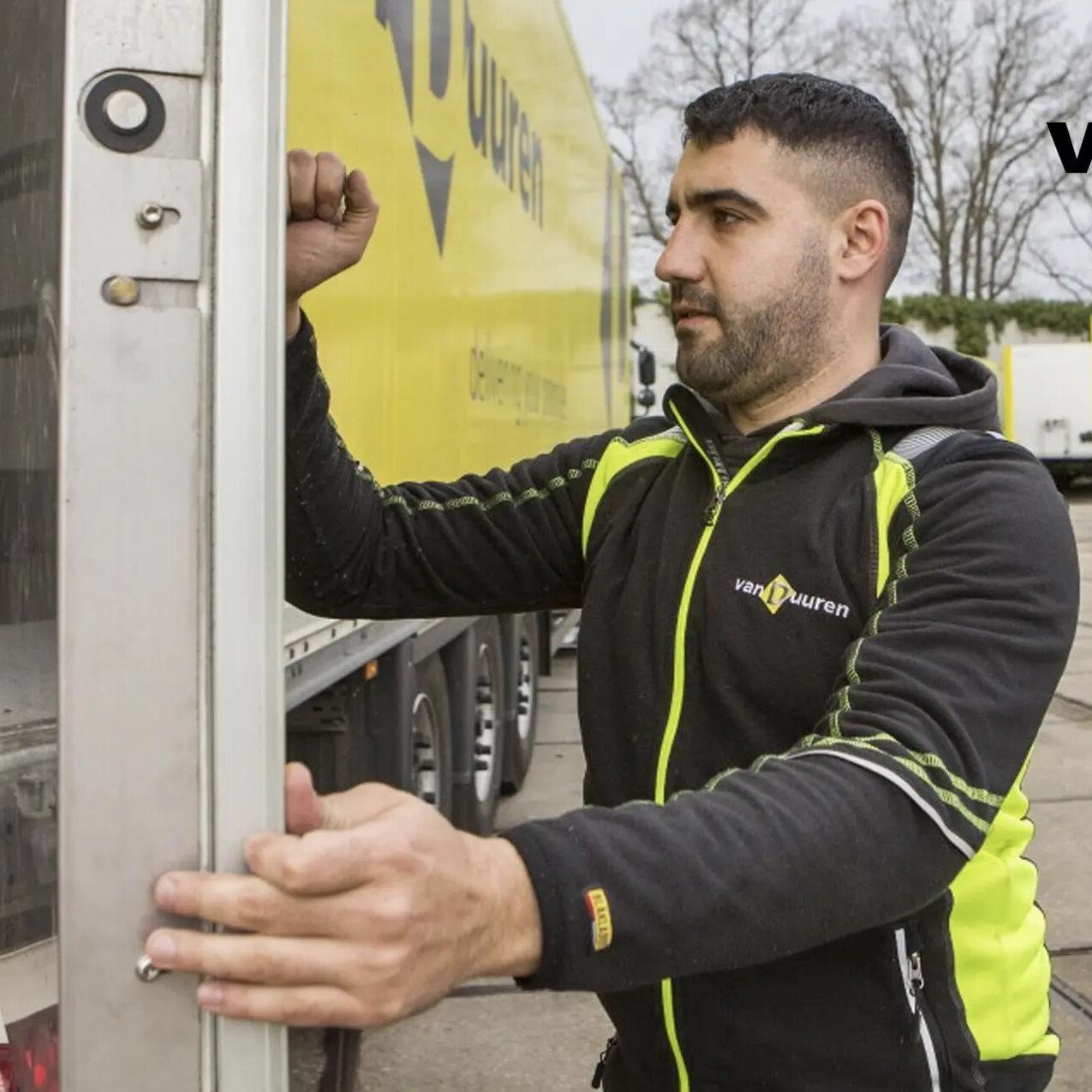
SAP HANA is a process accelerator, the platform that forms the basis of your business-critical SAP applications. But where can this environment best be implemented? In the cloud, on-premise, or is a combination of both the answer? SAP itself increasingly focuses on the cloud for, for example, its own SaaS services and ERP, but there are also users who prefer on-premise. For the best choice, there is a winged expression in the IT world: it depends.
An ERP system brings logistics, administrative and financial business processes together in one environment. The design for the end users is often specific to meet the supporting role of the application to the processes. Where the software environment runs – whether in the cloud or on-premise – does not really matter to an individual end user.
Five main reasons to move to the cloud
- No investment – there is no need to suddenly put a large amount of money on the table for new infrastructure, but it is rented.
- Pay-per-use – capacity is charged according to use.
- Flexibility – growing capacity needs can be accommodated by simply scaling up.
- Time-to-market – setting up a new environment is a matter of hours or at most days. Managing it yourself takes more time, because an organization must have all the manpower and knowledge on board to do this. Often the right infrastructure still has to be brought in house.
- Unburdening – the technical platform on which the software runs is managed by someone else.
On-premise and private cloud
- Avoid complexity – Cross-cloud integration or links to local environments make a cloud solution more complex from the point of view of setup, management, security, and cost.
- Data privacy – There are organizations that judge data as too sensitive to disclose it. Continuity – Some organizations cannot afford a second outage for mission-critical applications. Although cloud providers have multiple data centers, it can take a while before data is accessible again in an emergency. In addition, the situation that then arises (during the ‘take-over’) can also cause other (technical) problems, such as greater delay due to other distances or data that crosses national borders.
- Time-critical data processing – Especially companies with applications that do not tolerate a counting delay, prefer (or should) process data as close as possible to the source. The shorter the line, the faster the data transport.
- Costs – There are reasons why “cloud” may be an alternative, but a SAP environment in the cloud is not necessarily cheaper in terms of infrastructure costs.
Hybrid cloud or multicloud?
There are also situations where a hybrid solution is the best solution, combining on-premise and cloud. The primary environment runs on-premise and the standby environment in the cloud. Another point of attention is data in an existing, older environment. If all data is not included when migrating to a new software package, a form of archive must be created. Because of the unburdening (and the isolation of such an environment), this is ideal for a solution in the cloud.
In addition, the multicloud is a solution. A choice for this also has several reasons. The main ones are:
- Risk spreading and continuity. By placing a copy of the data in two cloud solutions, there is always availability through the other provider in the event of an incident. This certainly also applies to the storage of backup data.
- Preventing vendor lock-in can be a reason to want to work with multiple cloud providers.
- The desire to be able to distribute workloads, for example to comply with laws and regulations. For some organizations it is important that certain data is stored in the Netherlands. Not every cloud provider can guarantee this.
- Specific design options that can be realized with one cloud provider and not with another, or only with a different cost pattern.
A point of attention in multi-cloud and hybrid cloud is that applications must still be able to communicate with each other. It is therefore important to have a strategy in advance that removes financial and technical obstacles.
The cloud offers a lot of flexibility, while on-premise offers other advantages in terms of continuity and integration. There is no one-size-fits-all method for determining the best choice. For those who purchase matters such as monitoring, management and capacity management as a service, there is little difference in unburdening. Furthermore, the choice for the optimal solution depends on your specific situation, on your business case. It depends. And BPSOLUTIONS can help you with that.
Would you like to know more about the switch to SAP HANA? Join our webinar “How to plan your transition to SAP HANA?” Or contact one of our experts at www.bpsolutions.com or tel. +31-343-529 000. You can also email: info@bpsolutions.com.

Want to make your world a little smarter?
Get in contact with Christiaan Driessen and we will reach out to you.
Related Articles
Overstappen van VMware by Broadcom: noodzaak of kans?
30/10/2025
BPSOLUTIONS & Illumio: Samen voor Zero Trust Security
30/10/2025
Microsoft licenties veranderen: stap slim over en bespaar tot 13%
30/10/2025
Cyberaanval! Ben jij er klaar voor?
1/04/2025
Cybersecurity & Continuïteit: Isolated Recovery Environment as a Service
27/03/2025
Cybersecurity & Continuïteit: BaaS alleen is niet genoeg
25/03/2025
Cyberaanval? De impact is groter dan je denkt
23/03/2025








.png)



